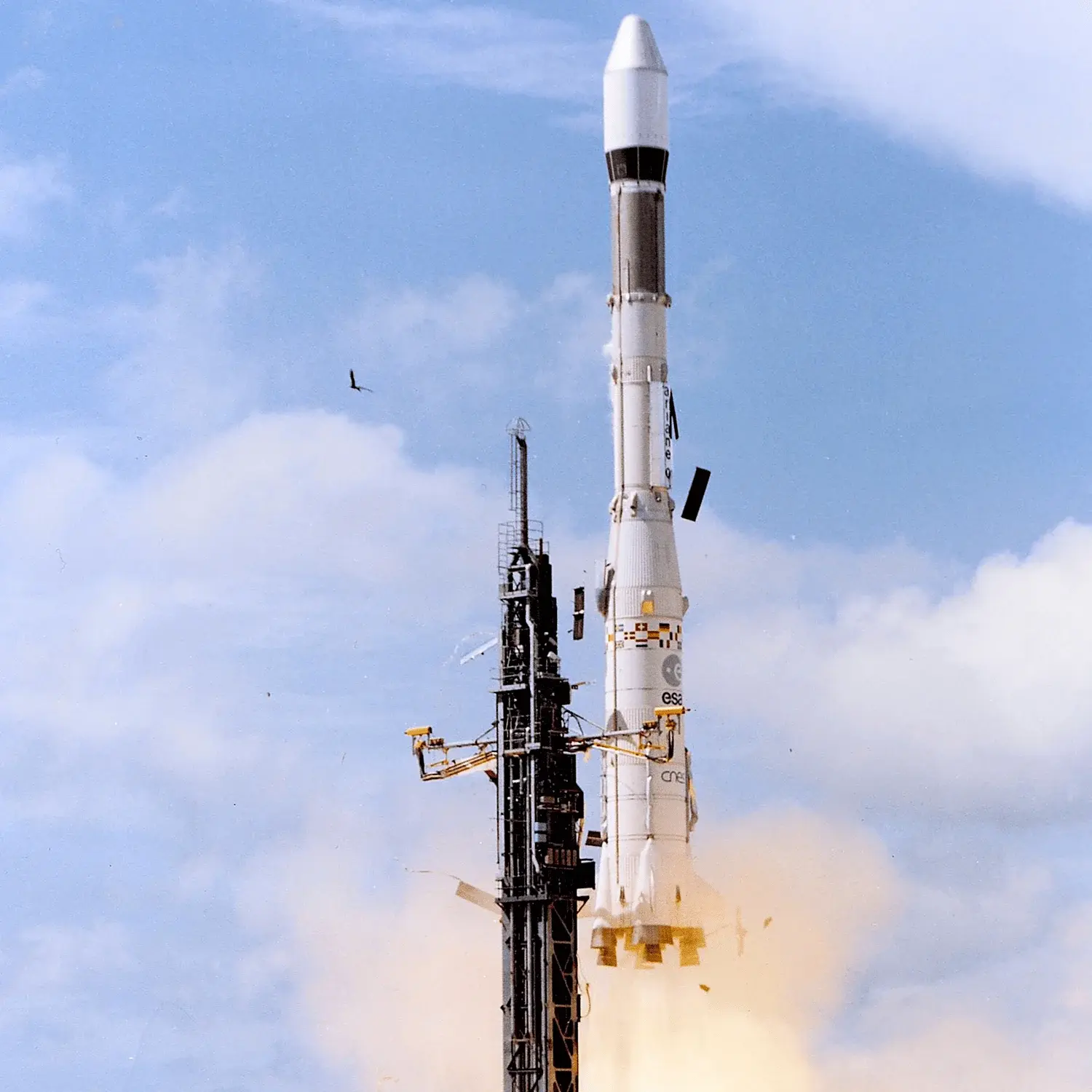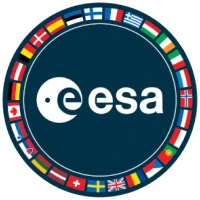SPOT-1 & Viking
Launch Success
Liftoff Time (GMT)
01:44:00
Saturday February 22, 1986
Watch Replay
Official Livestream
Mission Details
Launch Notes
Flight V16, final launch of Ariane 1.
Viking
Sweden's first satellite, Viking, was launched on 22 February 1986 as a piggyback payload on the Ariane-1 rocket that orbited the French remote sensing satellite SPOT 1. The satellite conducted a very successful magnetospheric research mission until 12 May 1987. The Viking project was managed by the Swedish Space Corporation (SSC) under contract from the Swedish Board for Space Activities, the government space agency. SSC is a government-owned organization responsible for the execution of Sweden´s space program. The satellite was developed by SAAB Space with Boeing Aerospace as a major subcontractor. Viking's perigee boost motor placed this relatively small satellite (286 kg) into a final 817 km - 13,530 km polar orbit, where it conducted scientific observations of complex plasma processes in the magnetosphere and ionosphere of the earth. The satellite carries experiments to measure electric fields, magnetic fields, charged particles, waves, and auroral images. These experiments were supplied by scientific teams from Sweden, Canada, Denmark, France, Norway, the United States, and the Federal Republic of Germany.
Sun-Synchronous Orbit
1 Payload
538 kilograms
SPOT-1
SPOT-1 is a French Earth observation satellite. It worked for 30 years before disintegrating into the atmosphere. The SPOT satellites were identical, with each carrying two identical HRV (High-Resolution Visible) imaging instruments that were able to operate in two modes, either simultaneously or individually. The two spectral modes are panchromatic and multispectral. The panchromatic band had a resolution of 10 meters, and the three multispectral bands (G, R, and NIR) have resolutions of 20 meters.
Sun-Synchronous Orbit
1 Payload
1,830 kilograms
Launch Site
Stats
Ariane 1
11th
Mission
1st
Mission of 1986
European Space Agency
8th
Mission
1st
Mission of 1986
1986
20th
Orbital launch attempt

